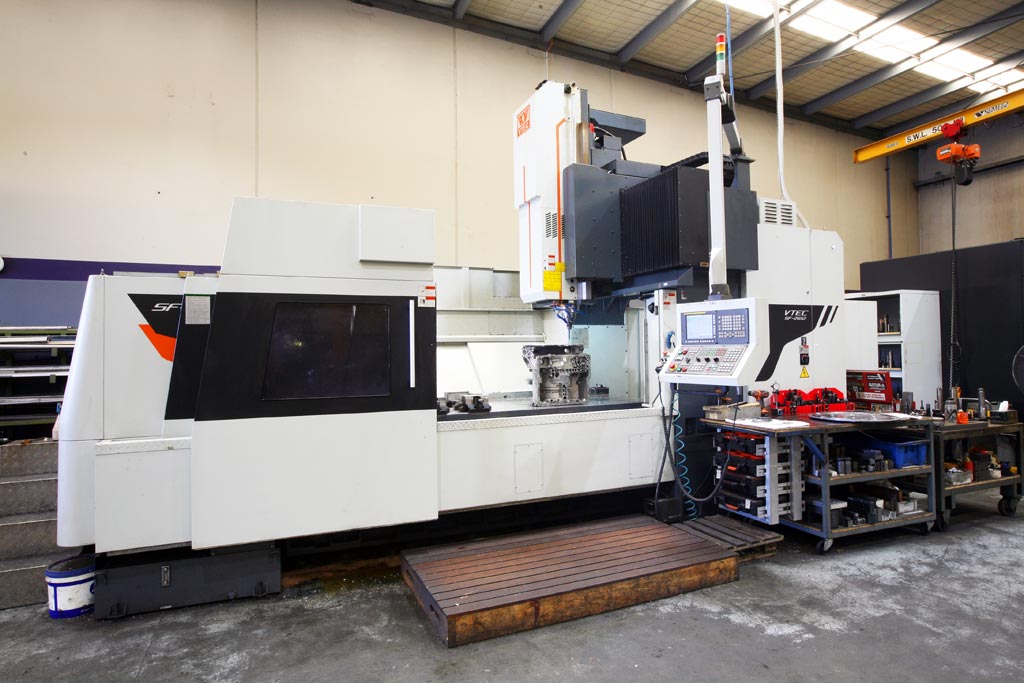
Achieve aerospace CNC machining excellence with Aero Spec Engineering in Australia, producing reliable aircraft parts with advanced equipment and testing.
Aerospace CNC machining delivers the accuracy required to manufacture components for modern aircraft and spacecraft. Every part is designed to endure extreme thermal, mechanical, and environmental stresses while meeting strict aviation safety standards. Advanced machining systems and engineering expertise transform specialised alloys into components that perform with reliability in aerospace applications.
What Makes Aerospace-Grade CNC Parts Unique
Aerospace components are designed to combine minimal weight with exceptional strength and durability. To achieve these qualities, manufacturers rely on titanium, aluminium alloys, and high-grade stainless steel, all selected for their proven resistance to heat, fatigue, and corrosion.
The distinguishing factor of aerospace precision parts lies in the tolerances and certifications required. Components must comply with international standards such as AS9100, ensuring they perform consistently and safely under the demanding conditions of flight.
Inside the Aerospace CNC Process
The CNC aerospace engineering process is structured to ensure complete accuracy at every stage, from design through to final inspection. Advanced systems, precision machinery, and strict protocols work together to deliver reliable aerospace components that meet exact specifications. Each step is designed to reduce error, optimise performance, and guarantee compliance.
1. Design and CAD Modelling: Engineers create digital models in CAD software, applying tolerances measured in microns. Stress testing and simulations validate the design before physical machining begins.
2. CNC Machine Setup and Programming: CAM software converts the design into G-code instructions for machining. Five-axis systems enable complex geometries, with calibrated tooling ensuring dimensional accuracy.
3. Precision Machining Process: Milling, turning, and drilling operations are applied using high-speed tooling. Cooling systems and controlled cutting conditions minimise wear and maintain consistent results.
4. Surface Finishing and Treatments: Polishing, anodising, and protective coatings enhance durability and corrosion resistance. Aerospace parts often undergo several finishing stages to perform reliably in extreme environments.
5. Quality Control and Testing: Non-destructive testing methods such as X-ray and ultrasonic inspection confirm integrity. Coordinate Measuring Machines (CMM) validate tolerances, while certification ensures full compliance with aerospace regulations.
Materials Used in Aerospace CNC Machining
Titanium remains the preferred choice for high-stress applications such as engine components and structural elements due to its high strength-to-weight ratio and thermal stability. Aluminium alloys are widely used in airframes for their lightness and machinability, offering an efficient balance between performance and cost.
High-grade stainless steel is often employed in components that demand exceptional hardness and resistance to wear. Each material is selected with its operational environment in mind, ensuring aerospace component manufacturing remains both efficient and precise.
Aero Spec Engineering: Precision in Aerospace CNC Machining
At Aero Spec Engineering, our aerospace CNC machining is delivered with advanced technology, innovative design, and strict inspection protocols to ensure the highest standards. Every component is engineered for accuracy, durability, and compliance, supporting the reliability of modern aircraft and aerospace systems. As innovation advances, we continue to refine aerospace-grade CNC machining to meet the future demands of the industry.Contact us today to discuss your machining requirements.
Related Blog Article: Why CNC Machining Outperforms Traditional Methods for Precision Parts
Optimized by: Netwizard SEO
